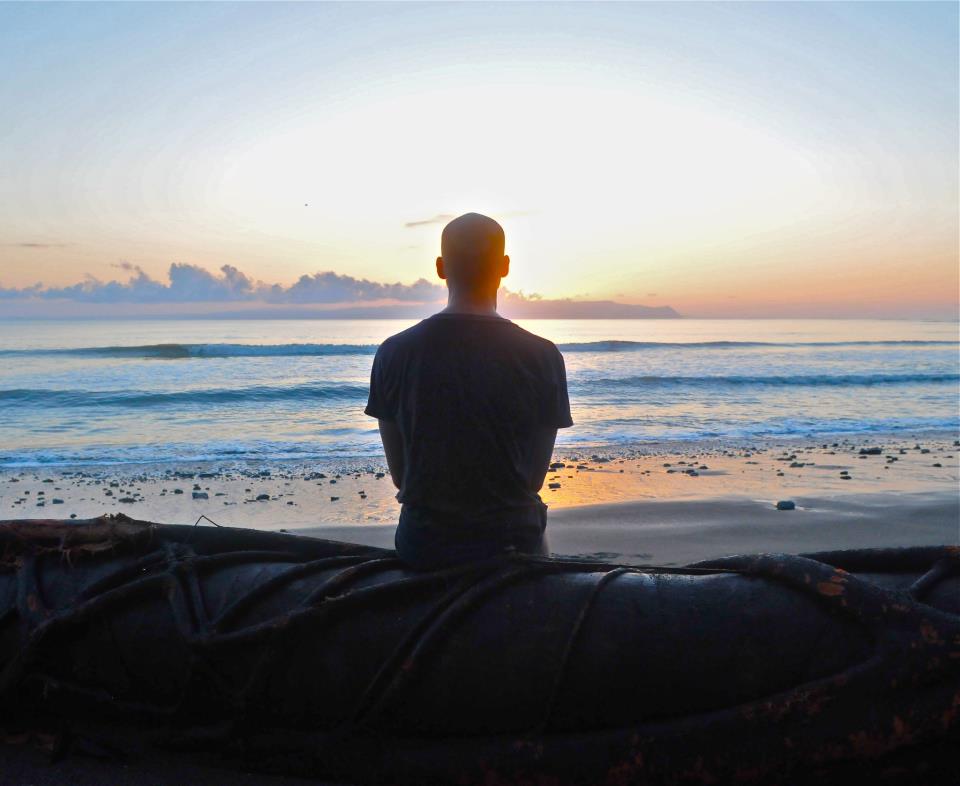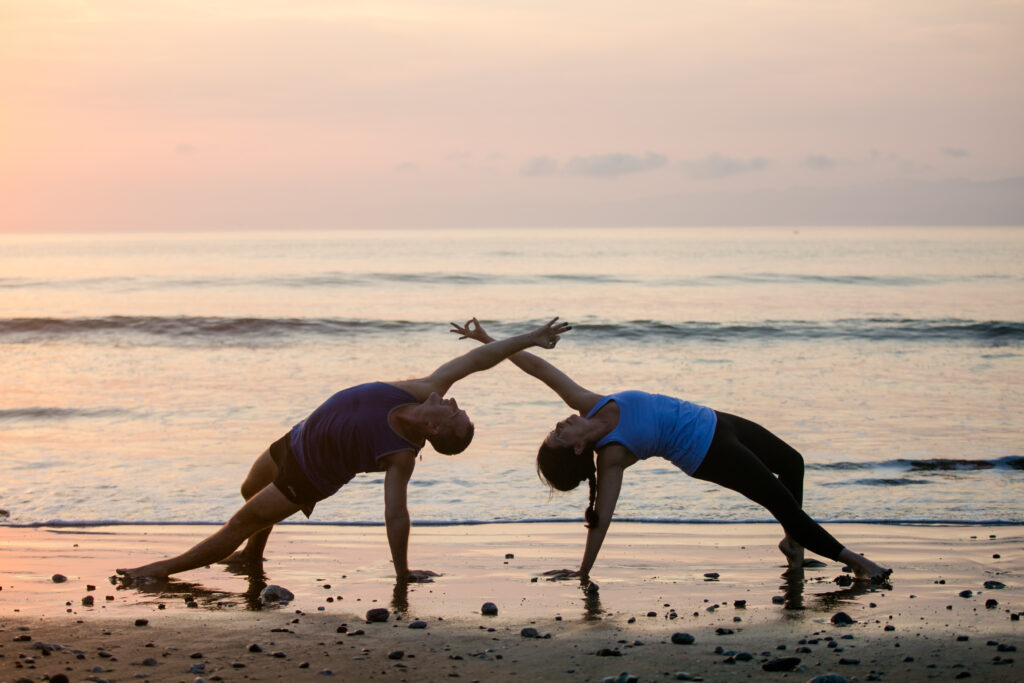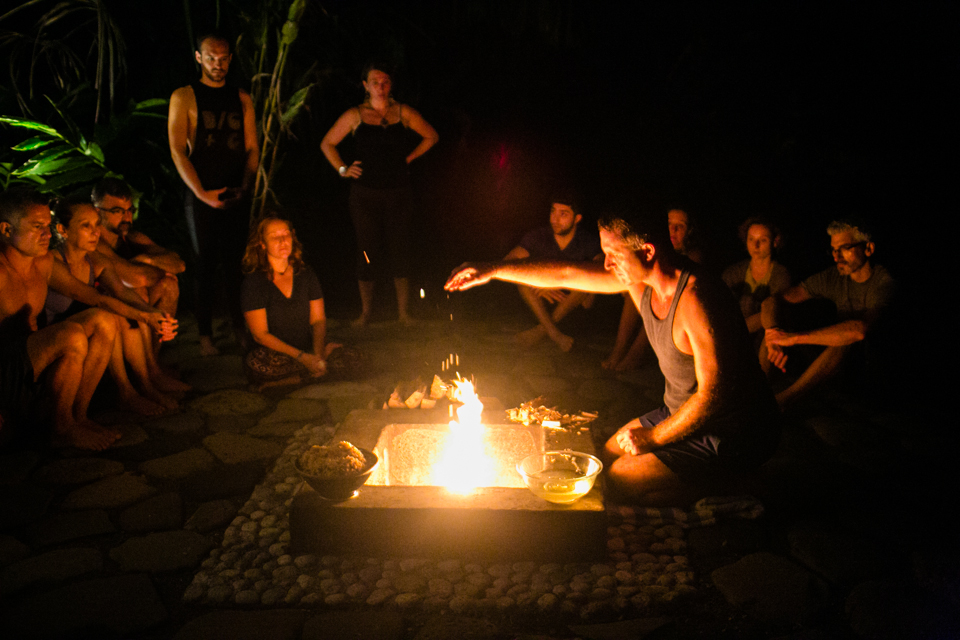The Summer Solstice arrives in the Northern Hemisphere on June 21st every year. On this special day, we all celebrate the Sun and the Light, and the longest day of the year. But what is the history behind Summer Solstice and how to get the best out of the first day of summer?
Summer Solstice: The first day of summer
Summer Solstice is the celebration of light and the welcome of the new: the unofficial beginning of summer. Until now everything got brighter, the days were longer and longer; now we slowly transform into darkness – shorter days are about to come.
Being the longest day in the year means during the Summer Solstice the daylight lasts 17 hours.
So when does summer start?
While the meteorological summer began on June 1, June 21 is the day when the astronomical summer begins. We call this day the Summer Solstice, or in another name, midsummer, and this is the day with the longest daylight hours of the year.
What does the Summer Solstice represent?
Being the longest day of the year, Summer Solstice represents the light within each of us. This day reminds us to celebrate the nourishing light of the Sun, as on this day the Sun reaches its highest point in the sky.
When is the Summer Solstice in 2022?
The Summer Solstice is on June 21 at 5:13 a.m. EDT (June 21 at 9:13 UT). Solstices happen at the same time around the world, only their local times vary based on time zones.
What’s the Difference Between a Season, an Equinox and a Solstice?
Seasons
During the 365 days of the year, the distance between the Earth and Sun varies continuously. As the planet is slightly tilted on its axis as it travels around the Sun, different points receive different amounts of sunlight at different times of the year, thus, seasons occur.
Equinoxes
The equinoxes happen two times a year: in March (about March 21) and September (about September 23). On these days the sun is exactly above the Equator, so the nights’ and days’ lengths are equal. These days mark the start of Spring and Autumn.
Solstices
There are 2 solstices in a year: summer (June 21) and winter solstice (December 21). On these days the Sun’s path in the sky is the farthest north or south from the Equator. During the summer solstice, daylight is the longest, while the winter solstice means the shortest day of the year.
Who celebrates Summer Solstice?
The summer solstice is being celebrated everywhere around the world, although sometimes it has a different name. In Northern Europe they call it Midsummer, Christians connect it with the birth of John the Baptist, thus it is called St. John’s Day, while some Wiccans and neopagan groups call it Lithia. And of course. There are some countries who put more focus on this special day of the Earth. These are:
- Sweden
One of the most important events in this Scandinavian country’s calendar is midsummer. On this day the whole country gets together and celebrates the Summer Solstice with special rituals.
Other Northern countries like Norway, Finland and Iceland also share some remarkable similarities when it comes to celebrating the summer solstice.
- UK and Ireland
Midsummer in a country where Shakespeare’s A Midsummer Night’s Dream and Stonehenge are based means biiig celebration. Given the UK’s pagan past, Stonehenge sees many pagans and druids coming to witness the perfectly aligned sunrise.
- USA
Celebrating the summer solstice in the US is booming. From street parades to community yoga events, more and more folks want to take part in this special event and celebrate Sun and Light in the best way possible.
- China
Yes, even on the other side of the world they celebrate the first day of summer. Dragon boat racing, food festivals and noodle eating are just some of the great things one can find on the day of midsummer. In ancient China, people associated the summer solstice with “yin,” the feminine energy.
- Austria
Ancient Central European pagans believed that bonfires boost the sun’s energy for a better harvest and that they banish evil spirits and demons. This magic was believed to be the strongest during the summer solstice, so no surprise that some of these countries still celebrate this big event. In Austria, instead of lighting hundreds of mountain fires, they use cable car systems to keep the tradition and to mark this magical time.
The history of Summer Solstice
The history of the summer solstice runs back to the ancient times when people noticed that at one point of the year the sun stops tracking northward in the sky, and begins moving southward. The word “solstice” comes from the combination of two Latin words: the sun (sol) and the still or stopped (stitium). Just like astronomy, this information was used for planting and harvesting practices. If you take a look at history, sculptures and traditions, you will be surprised how many things were in harmony with the summer solstice. Just a couple of fun facts:
- In the ancient Greek calendars, Summer Solstice was considered the start of the New Year
- The pagan folklore believed that evil spirits appear on this day, so they used to wear protective garlands, made with special herbs and flowers
- Many archaeological structures were created in a way that they reflect ancient observations of the summer solstice
- On the summer solstice, the sun sets squarely between the Great Pyramids of Khufu and Khafre on Egypt’s Giza plateau when taking a look from the Sphinx
- Stonehenge is aligned with the direction of the sunrise on this special day
Rituals for the Summer Solstice
You can celebrate the Summer Solstice in different ways. Here are our favorite rituals for this special day:
1. Balance your chakras
This day is the perfect one to turn inside and stay in silence. When the sun gives its supportive energies for a longer time than ever, there is no better than to pay a little more attention to our chakra alignment.
There are seven chakras located in our body, these are (from the bottom to the top):
- Root Chakra (Muladhara)
- Sacral Chakra (Swadhisthana)
- Solar Plexus Chakra (Manipura)
- Heart Chakra (Anahata)
- Throat Chakra (Vishuddha)
- Third Eye Chakra (Ajna)
- Crown Chakra (Sahasrara)
Any blockage in these chakras can lead to physical and mental weakness, so clearing and balancing their energy centers are important to healing. Restoring vitality to the mind and body, and keeping our energies on a high vibration is essential for every day’s happiness. If you are feeling weak, sad, out of energy, frustrated, or continuously tired, chances are that one of your chakras is imbalanced. By aligning your chakras you will sleep better, you can say goodbye to nightmares, and your memory, creativity and concentration skills will improve while you will feel more energized in your body than ever.
2. Don’t hate, meditate
Another great way of silent celebration is meditation. Meditation is good for your body, for your soul, for your mental health – literally for everything!
When we meditate, we calm down our minds. We turn inside, paying attention to breathing – and breathing is magical! It can wipe away the day’s stress and help us to find our inner peace. When we breathe, our heart rate, thus blood pressure slow down, and this can cure medical disease, mental illness, depression, sleeping progress and many more.
The benefits of meditation are not new. Even the whole history of yoga started with meditation and sitting asanas to help concentration. Although currently meditation is mostly used to relax the mind and reduce stress, originally it was meant to help to understand our sacred and mystical forces of life.
When it comes to practicing meditation, almost every single person has a different way to do it. The most common are guided and mindfulness meditations, but practicing tai chi and yoga are also great ways to slow down and find our inner peace.
3. Celebrate the sun with 108 sun salutations
Many celebrate the summer solstice with 108 sun salutations.
Sun salutations are the best way to connect with the sun and to open your heart to receive the light. They also stabilize your blood pressure and activate the nervous system by flooding it with solar energy, thus helping you to energize your body and to balance emotions.
While our ancestors believed that the Sun is the origin of all spiritual life, Vedas thought that it is the physical manifestation of the soul and the creator of all life. So these ancient Yogis developed practices to worship the Sun, and this is how Sun Salutations were born. The 12 asanas represent the circle of life and each of them is connected with the 12 astrological signs.
But why should you do 108 sun salutations on the day of the summer solstice? Doing 3-6 sun salutations sounds nice, but 108?!
Number 108 represents a sacred number, for many reasons. Some of these are:
- The 54×2 letters in the Sanskrit alphabet, each has a masculine and feminine form
- Astronomical distances like the earth from the sun and the moon (108 times bigger than their particular diameters)
- Number of petals of a rose
- 9 planets and 12 constellations
As you can see, the number 108 is a special number for many reasons, and understanding its history can help you to feel more committed. Still, if doing 108 sun salutations sounds like a challenge for you, don’t feel bad for doing only 10, 20, or even just 1. It will still help you to concentrate and fully engage with the experience.
Start with this 20-Minute Sunrise Morning Yoga Flow on the Beach with Yogi Aaron!
4. New beginning, new intentions
Being the first day of summer means new beginnings. And new beginnings mean new opportunities. Sit down with a piece of paper and write a list: what goals do you want to reach in the next 6 months? What things are you planning to leave and which new habits will become part of your life? You don’t have to think about big things. Small daily rituals, like morning silence, 10 minutes daily meditation, or turning off your data before bedtime can be life-changing. Write down things in a way like you already have them, starting with “I am”. This will help you to believe in yourself and in the new YOU easier.
Small rituals make your life better. Research shows that they can eliminate anxiousness by reducing uncertainty. Instead of taking away, they create time by helping you to concentrate on YOURSELF and the present moment.
Create your own rituals now!
- Start with small things like morning silence or a cup of your favorite tea before breakfast
- Perform affirmations
- Meditate
- Start your days with sun salutations
- Write a gratitude list every evening
5. Express gratitude
Talking about writing lists, a short note to present gratitude is a great way to start a new episode. Again, think small: your morning coffee, the sunshine, and the ability to breathe are more than enough gifts in life to be grateful for. Go and say thank you to your beloved ones, and be grateful for being alive, safe, and beloved.
Gratitude is strongly connected with happiness. It helps you to feel positive, improve your health, and to attract great things into your life. Realizing the beauty of life is the first step toward self-care.
Saying thank you every day and appreciating small things in life can be life-changing. Try to add this to your new routines and see the magical effects gratitude can bring to you. The more grateful you are for simple things in life, the more gifts life will give you. This is the law of attraction: when you feel you have many, you will attract more.
Resources
Summer Solstice: Honoring the Light Within









